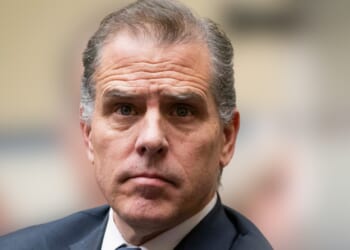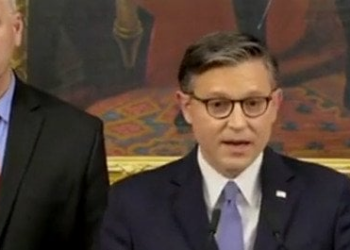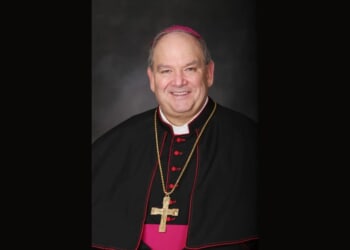
The Supreme Court gave the Trump administration another reprieve on providing food stamp benefits Tuesday, granting a new grace period to give Congress a little more time to end the government shutdown and derail the thorny legal battle.
In a brief order, the justices extended their blockade on a lower-court ruling that had ordered the government to pay 100% of benefits immediately. The pause lasts through Nov. 13, which is well after the time Republicans hope to have the government reopened and the food stamp program replenished.
The Senate cleared a spending bill to reopen the government in a vote Monday. The House is slated to vote Wednesday. President Trump has indicated he will sign the measure, which would end the longest shutdown in history.
The shutdown began Oct. 1, but the government still made food stamp payments for that month. Trump officials concluded, however, that they didn’t have money to pay November’s benefits, arguing that the shutdown had shuttered the program.
A coalition of localities and advocacy groups sued, saying there was contingency money and the administration could also move other money around.
U.S. District Judge John McConnell Jr., an Obama appointee, initially ordered the partial payments by using the contingency fund, which covered 65% of monthly benefits. He later ordered the government to siphon money from the school lunch program so it could pay 100% of benefits.
Justice Ketanji Brown Jackson put that second order on hold late Friday while the case developed in the lower court.
The high court didn’t give a reason for extending its stay on Judge McConnell’s ruling.
Justice Jackson, a Biden appointee, despite imposing the original blockade, said she would have refused the extension.
Solicitor General D. John Sauer had urged the justices to get involved and shut down lower court action, saying it risked “upsetting” the congressional talks.
Food stamps, officially known as the Supplemental Nutrition Assistance Program, became a major battleground during the shutdown.
Democrats said Mr. Trump’s decision not to spend money for November was an attempt to use poor people’s needs as leverage in negotiations.
The administration said the way to get money flowing again was for Democrats to drop their filibuster and approve a new spending bill.
That happened this week after enough Democrats abandoned their leaders’ filibuster plan.
Some states had tried to game the system, submitting requests for a full month’s worth of payments even though the court at the time had only approved partial payments and some recipients weren’t due to collect benefits until later in the month.
But the feds got the last laugh.
Lawyers for the states reported to the court that governors who attempted to draw down 100% of their November money, instead of the 65% partial payment, were being blocked from any reimbursement.
The Justice Department said if the states go back and resubmit their requests at the correct 65% level, they will be approved.















